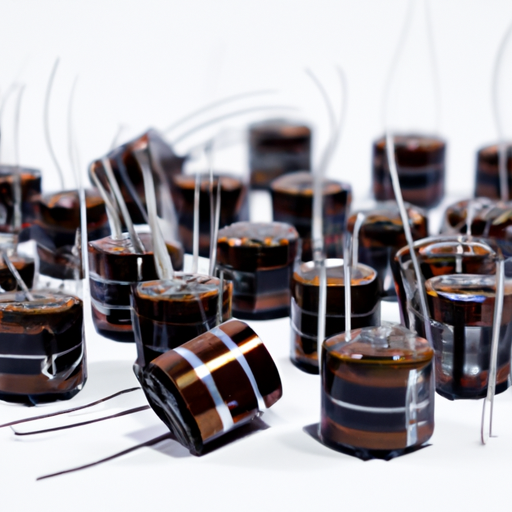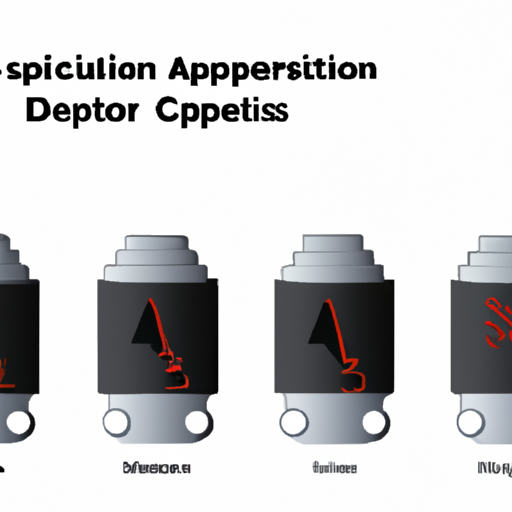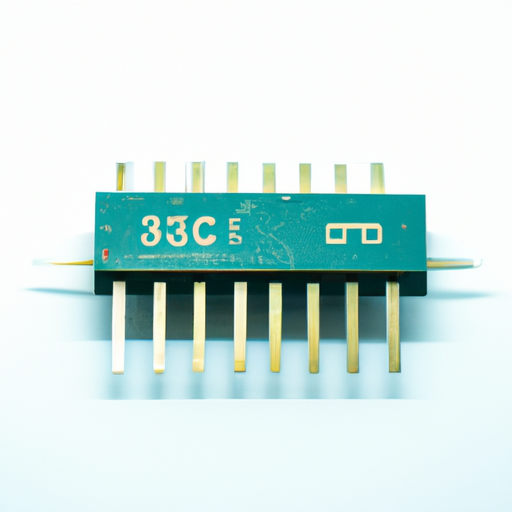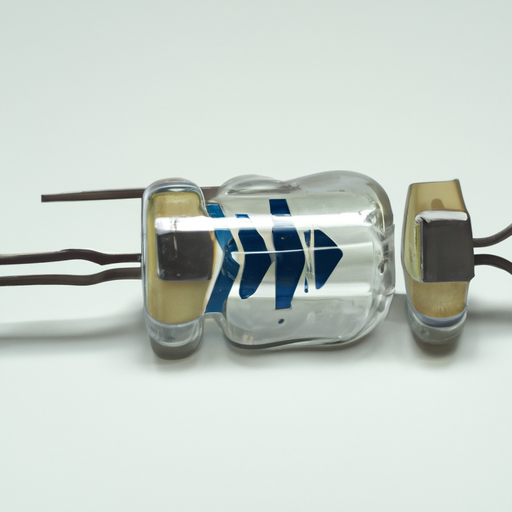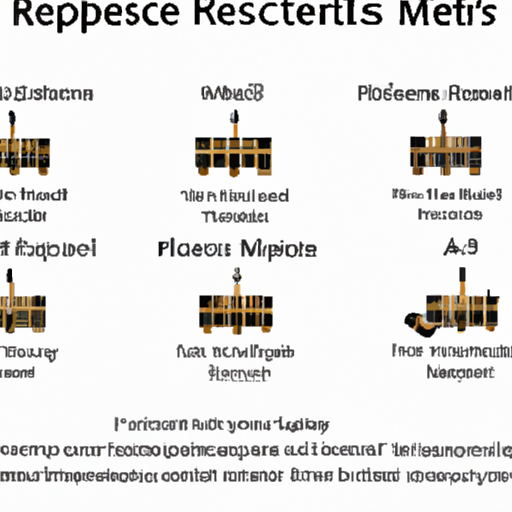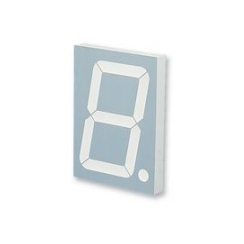application development in Capacitors for CFR-12JB-52-110R: key technologies and success stories
Application Development in Capacitors for CFR-12JB-52-110R: Key Technologies and Success Stories
Developing applications for capacitors such as the CFR-12JB-52-110R requires a comprehensive understanding of both the technical specifications of the component and the broader context of application development. Below is an overview of key technologies and notable success stories related to capacitor application development.
Key Technologies
1. **Capacitor Types and Specifications**:
- The CFR-12JB-52-110R is a ceramic capacitor with a capacitance value of 110 pF, a voltage rating of 50V, and a temperature coefficient of ±5%. Understanding these specifications is crucial for ensuring the capacitor meets the requirements of the intended application, such as stability under varying temperatures and voltages.
2. **Circuit Design Software**:
- Tools like SPICE (Simulation Program with Integrated Circuit Emphasis) and LTspice are essential for modeling and simulating circuits that incorporate capacitors. These tools allow engineers to predict circuit behavior, optimize designs, and troubleshoot issues before physical prototyping.
3. **PCB Design Tools**:
- Software such as Altium Designer, Eagle, and KiCAD are used for designing printed circuit boards (PCBs) that integrate capacitors. These tools facilitate layout design, ensuring proper placement and routing to minimize parasitic capacitance and inductance, which can affect circuit performance.
4. **Embedded Systems**:
- Many applications involve microcontrollers or microprocessors that require capacitors for power supply decoupling, filtering, and timing applications. Proficiency in embedded systems programming (e.g., using C/C++ or Python) is essential for developing firmware that interacts with capacitors in various applications.
5. **Power Management ICs**:
- Capacitors are often used in conjunction with power management integrated circuits (PMICs) to stabilize voltage levels and improve efficiency in power supply designs. Understanding the interaction between capacitors and PMICs is critical for optimizing power delivery in electronic devices.
6. **Simulation and Testing**:
- Utilizing tools for thermal and electrical testing ensures that capacitors perform well under expected operating conditions. This includes stress testing, reliability assessments, and compliance testing to meet industry standards.
Success Stories
1. **Consumer Electronics**:
- Capacitors like the CFR-12JB-52-110R are integral to smartphones, tablets, and laptops for power supply decoupling and signal filtering. Companies such as Apple and Samsung have successfully integrated high-performance capacitors to enhance device performance, improve battery life, and reduce electromagnetic interference (EMI).
2. **Automotive Applications**:
- In electric vehicles (EVs), capacitors are critical for energy storage and management systems. Companies like Tesla utilize advanced capacitor technologies to enhance the efficiency of their battery management systems, leading to longer ranges and faster charging times. Capacitors also play a role in regenerative braking systems, improving overall vehicle efficiency.
3. **Medical Devices**:
- Capacitors are essential in medical devices for signal processing and power supply stabilization. Companies developing portable diagnostic equipment, such as handheld ultrasound devices, have successfully used capacitors to ensure reliable operation in critical applications, where precision and stability are paramount.
4. **Industrial Automation**:
- In industrial settings, capacitors are used in motor drives and control systems. Companies that manufacture automation equipment have leveraged capacitors to improve the efficiency and reliability of their systems, leading to reduced downtime and maintenance costs. For example, capacitors are used in variable frequency drives (VFDs) to enhance motor control and energy efficiency.
5. **Telecommunications**:
- Capacitors play a vital role in telecommunications infrastructure, such as in base stations and routers. Companies like Cisco and Ericsson have integrated high-performance capacitors to enhance signal integrity and reduce noise in their products, ensuring reliable communication in high-demand environments.
Conclusion
The development of applications using capacitors like the CFR-12JB-52-110R involves a combination of circuit design, simulation, and testing, along with an understanding of the specific requirements of the application domain. Success stories across various industries highlight the versatility and importance of capacitors in modern technology, driving innovation and improving performance in numerous applications. As technology continues to evolve, the role of capacitors will remain critical in enabling advancements in electronics and electrical systems.

